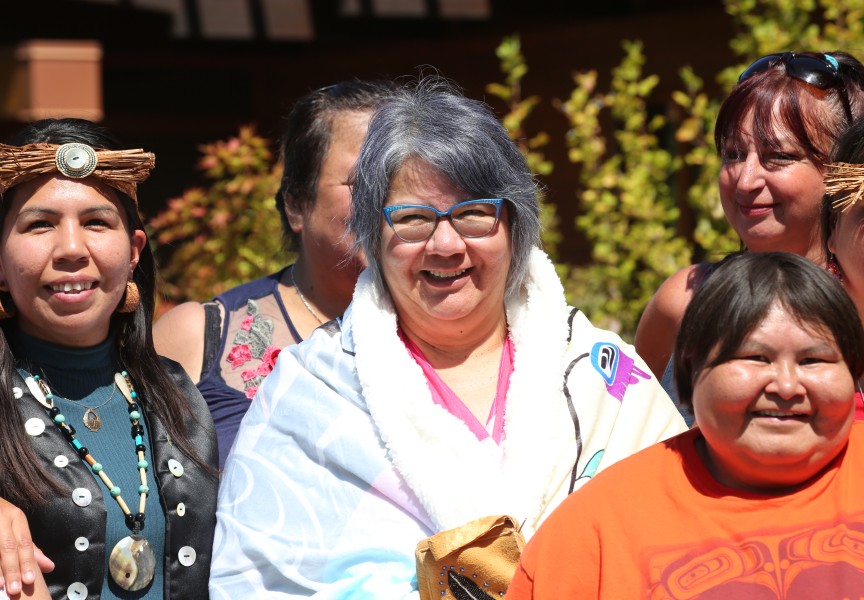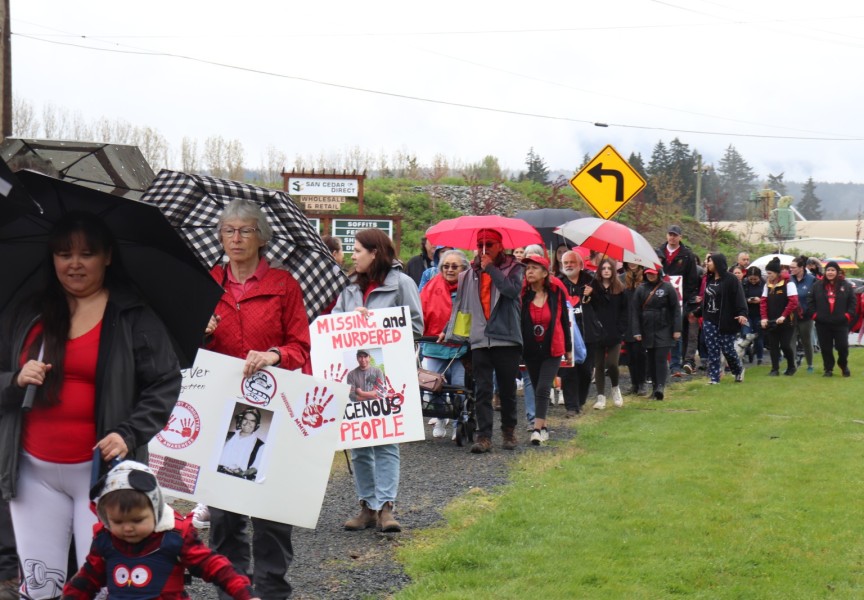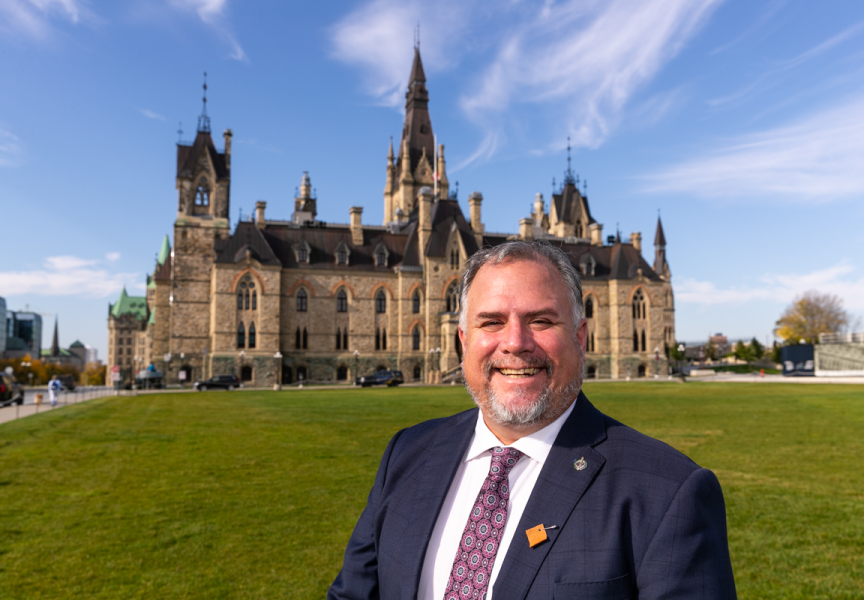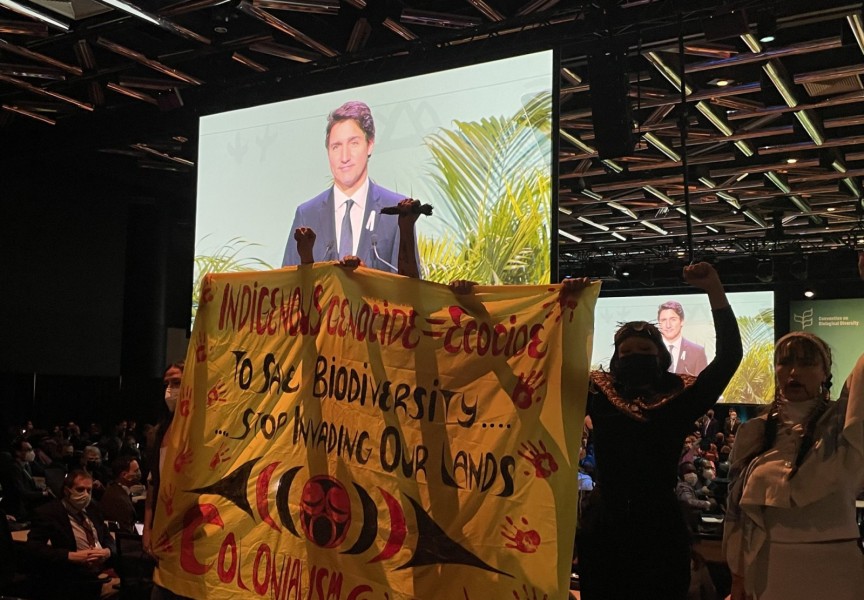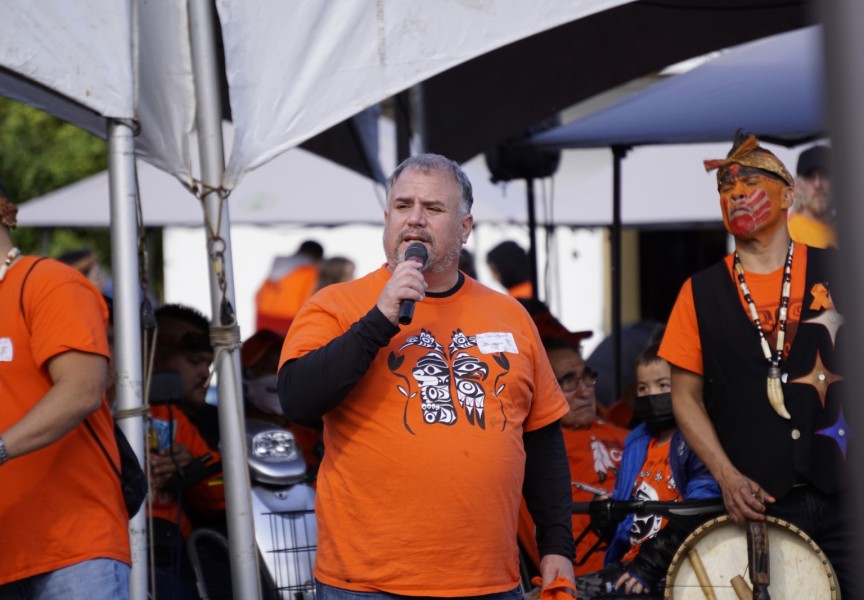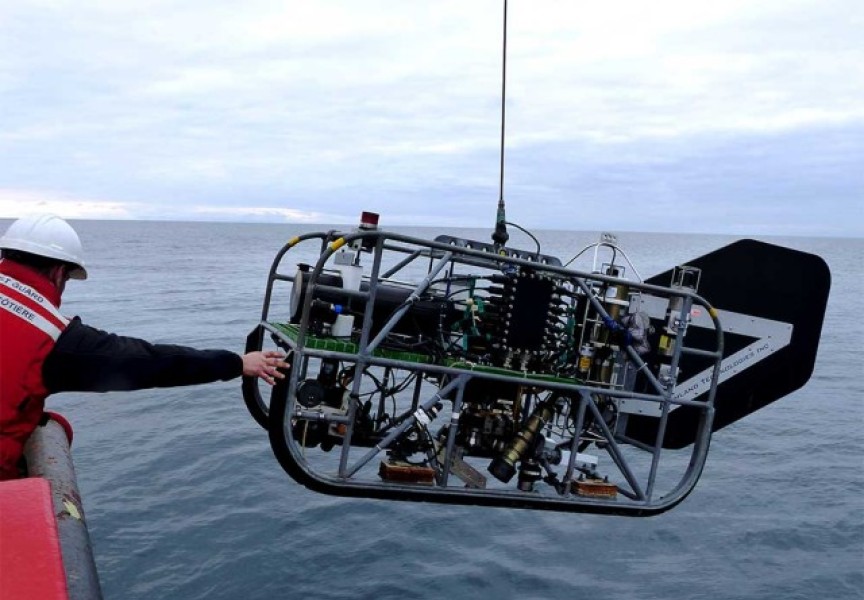The Tseshaht are fortunate to have one of the best recorded histories of all First Nations in British Columbia. More than a century ago, renowned anthropologist/linguist Edward Sapir carried out extensive interviews with many elders of the Barkley Sound First Nations, particularly the Tseshaht. This work resulted in thousands of pages of documented history and cultural practices.
Sapir was followed in this work by his student Morris Swadesh and other more recent researchers, producing voluminous amounts of invaluable data; literally a treasure of traditional knowledge.
Archaeology is also a vital tool in the reconstruction of past lifeways, as it enables the recovery of data considerably farther back in time, exceeding those periods covered by other branches of anthropology. In this regard, Tseshaht have also been fortunate.
For 10 years, Parks Canada, in conjunction with the Tseshaht, annually conducted two-week projects monitoring heritage [archaeological] sites within the Broken Group Islands. During three years, 1999 to 2001, a major excavation was carried out at the Tseshaht origin site of Ts’ishaa.
From 2008 to 2011, another two sites were excavated at the Tseshaht Reserve of Hiikwis, as well as a number of other sites within the islands which were tested by coring and auguring techniques. All these projects were successful and productive joint efforts by Parks Canada and the Tseshaht, greatly adding to knowledge of Tseshaht life in the Broken Group Islands during the remote past.
Tseshaht Council has agreed to support a continuation of this fruitful partnership between Tseshaht and Parks Canada, and this summer another archaeological project will begin within the Broken Group islands. Conducted on a much more limited scale than its predecessors, one week of mapping, coring and excavating work will be conducted on Jaques Island.
Its Tseshaht name is Hup'kisaakuu7a. Previously, work has focused upon large village sites, but this summer a smaller habitation area will be examined by a team of students attending the Bamfield Marine Centre Archaeology Field School.
The Centre will make a major in-kind contribution and the Pacific Rim National Park Reserve will provide financial support. There will be no financial expense for the Tseshaht. The recovered data will result in additional knowledge of early Tseshaht history within the area. It is hoped that this excavation could continue in future years as a small, but worthwhile project.
This year the excavation will be for a week beginning July 27. The crew of approximately 15 students/volunteers will be based at Nettle Island, occupying the cabins during that period.

